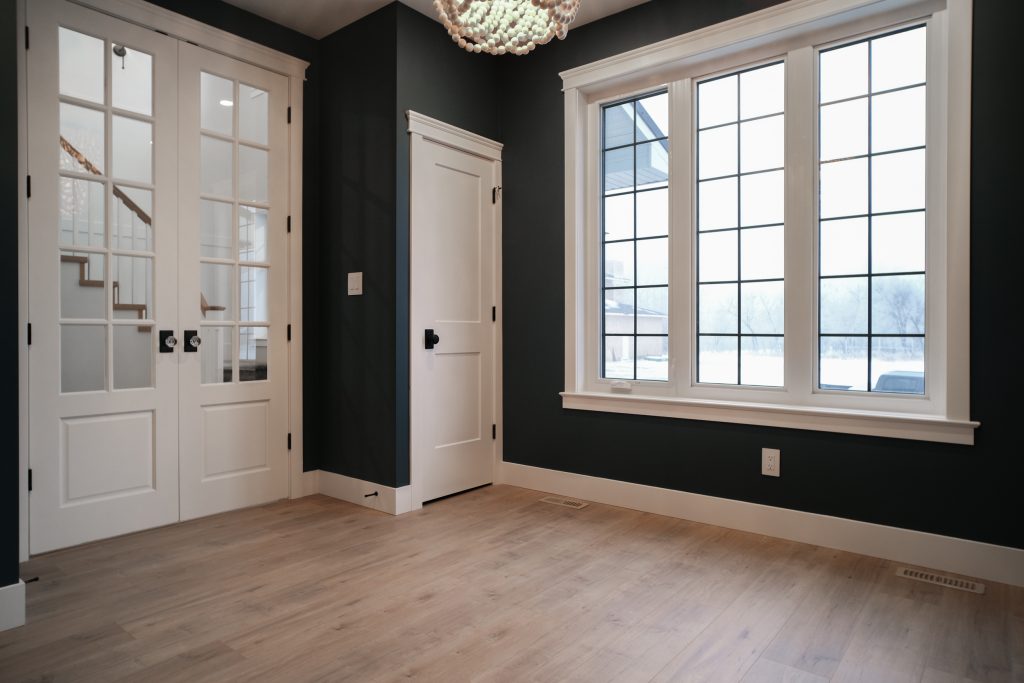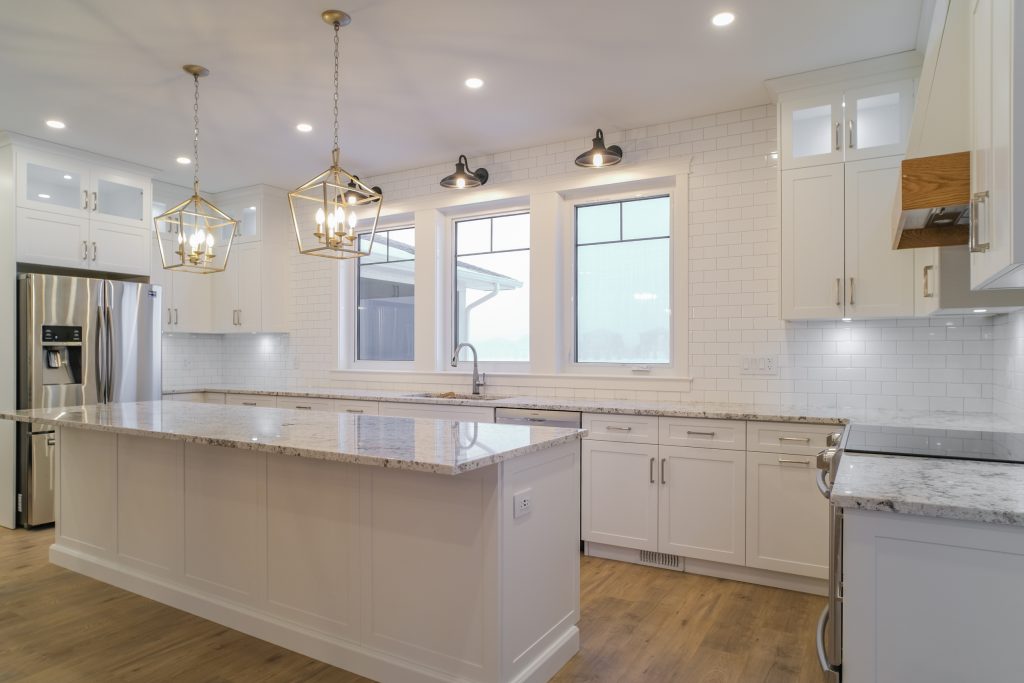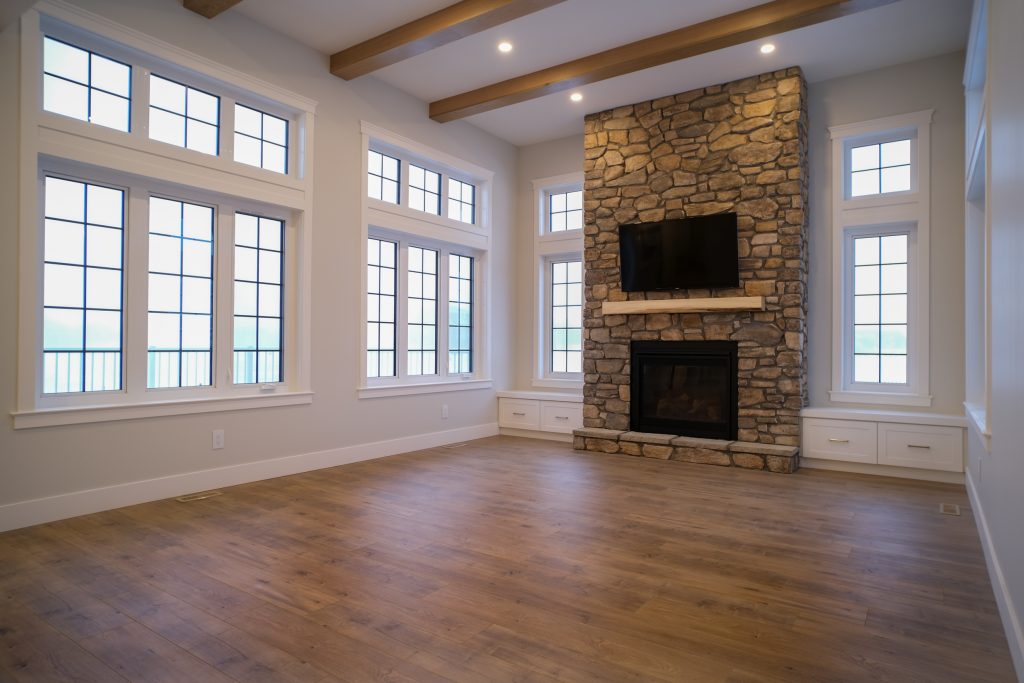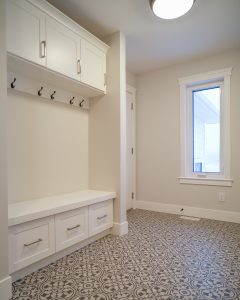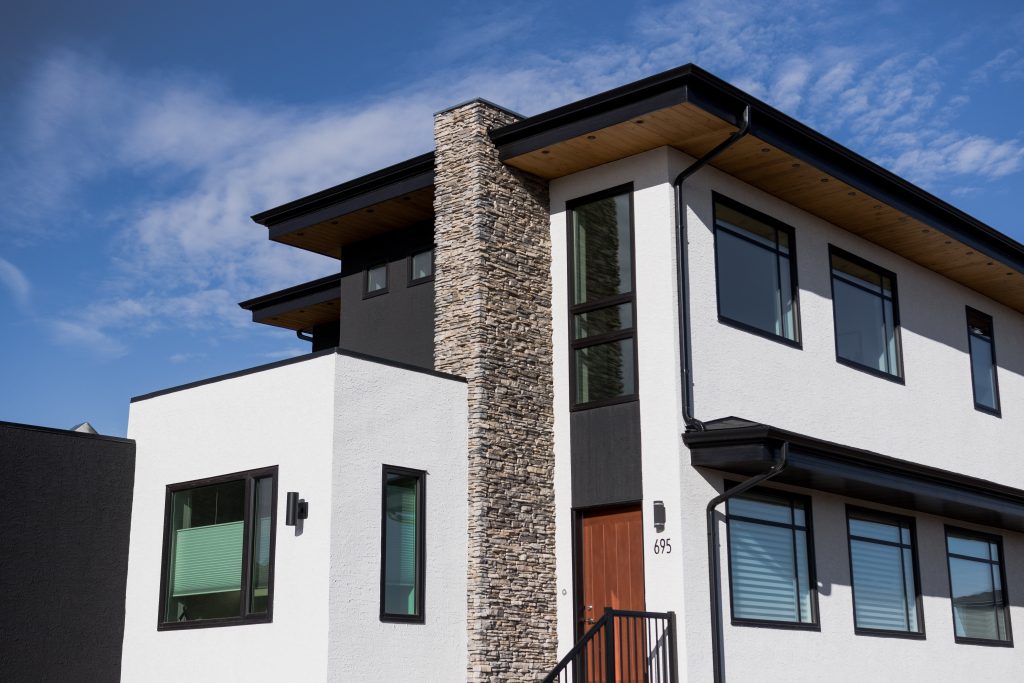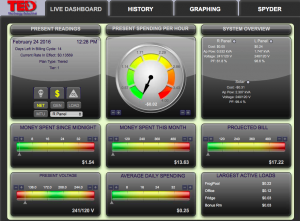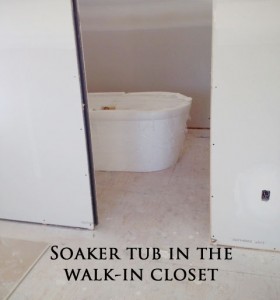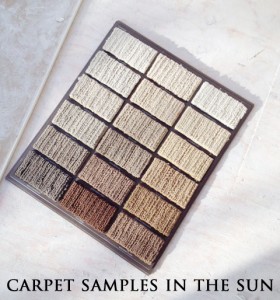Vaughn and Stacey Krywicki moved to Sarilia five years ago this fall. A year after settling in, their family expanded with the birth of their son, Huxley.
Vaughn has a unique perspective on river valley living, given his role as a Realtor, and as a board member of the Sarilia Community Association. We recently chatted with Vaughn to find out what’s new and exciting at Sarilia, the new lot sale ($10,000 off every lot until Sept. 23!), and what kind of lifestyle the river valley offers him and his family.
As both a resident of Sarilia, and a Realtor, what do you see as the main reasons people move to Sarilia?
The people who are have moved to Sarilia recently are a lot of young families that are looking for more space and freedom. A lot of them come from smaller towns or farms and have lived in Saskatoon or even smaller bedroom communities, like Martensville or Warman, and they are looking for something more.
It’s a good opportunity to buy property at Sarilia now to build a new home. Gwen (Sarilia’s developer) and I have put together a plan where every lot has been reduced in price by $10,000 until September 23.
It’s more like pricing from 10 years ago. So, that’s a good opportunity, and builders are also aggressive right now with their pricing.
You’re a member of the Sarilia Community Association. What kind of community improvement projects are underway right now?
I’m on the Parks and Rec committee, and we just cut a new trail system this winter with the approval of the RM—we received some funding through the RM to make it happen.
We’re also in the process of building a new playground and an outdoor recreation area for kids and adults. But at the end of the day, it’s all about the kids. That’s something exciting that I’m proud to be part of. And it’s exciting for the community and the residents. We’re looking at estimates for features like park benches, playground equipment and maybe a basketball net and a horseshoe pit—any sort of outdoor recreation. It’s nice because the area is sheltered in the tree belt.
There will continue to be more improvements and interesting things like that in the future.
What kind of person would appreciate the lifestyle that Sarilia offers?
Someone who appreciates nature. Someone who doesn’t mind a short commute that they can use to wind down. I know for myself, that living at Sarilia with that short commute—it’s nice to have. Initially it was hard to get used to, because I was used to everything being 10 minutes away—but you can’t even get to everything in 10 minutes in Saskatoon anymore. It’s actually been better for me as it’s forced me to be more efficient with my time and planning.
A lot of people want to know how much it would cost to buy a property and build their home at Sarilia. What do you think is the entry-level price, when you combine the cost of a lot and home construction?
Lot prices are coming down, and in my opinion you can have a beautiful home for under $300,000. That’s very affordable for a brand-new house.
I hear you have a family cabin at Candle Lake. Some residents have compared living at Sarilia to spending time at the lake. Do you find any parallels?
It certainly has a lot of attributes that are like the lake. You can do all kinds of outdoor activities just like at the cabin—hiking and fishing and that kind of thing.
What kinds of activities do you do as a family at Sarilia?
We ride our bikes and walk. Our son is four. He’s a madman, so he’s always running around, doing whatever four-year-olds do.
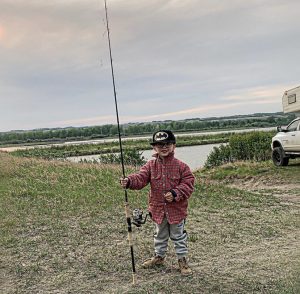 What’s it like to raise a child at Sarilia?
What’s it like to raise a child at Sarilia?
In some ways, it feels a little bit safer. There’s less traffic and you know your neighbours. We know everybody. You look out for each other in that respect. There’s lots of young kids out here too—a lot of young families are moving in.
What are a few of your favourite aspects of living in the river valley?
The air is fresher. Just being outside. I’m a big advocate of getting outside. When we were kids we did a lot of that—camping and spending time outdoors and over the years I’ve expanded on that. Being next the river is certainly an attraction. That’s a mainstay for Sarilia. It comes back to that lake lifestyle.
Would you say you appreciate the outdoors during all four seasons at Sarilia?
Yes. You bundle up and get outside during the winter. Our son goes outside every day in the winter, even when it’s minus 40—briefly of course. He enjoys it too. And it helps you sleep well at night.
What kinds of activities do you do out on the river?
I fish quite frequently. It’s a passion of mine. Once every other week I would like to get down there this summer. And I often meet a lot of my friends from the city out here. They’ll come out to Sarilia to meet me, so they’re making a commute to where I am and the fishing is right in my backyard.
I would really like to get out on a canoe this summer. I went on a paddling trip as a novice canoer last summer up at the Churchill River and I kind of got hooked on that. I’d like to bring a little bit of that home. I know my neighbours are going to be reading this blog post so maybe they’ll invite me to go to Petrofka, or Borden, or something like that.
Vaughn currently has two beautiful listings for sale at Sarilia:

